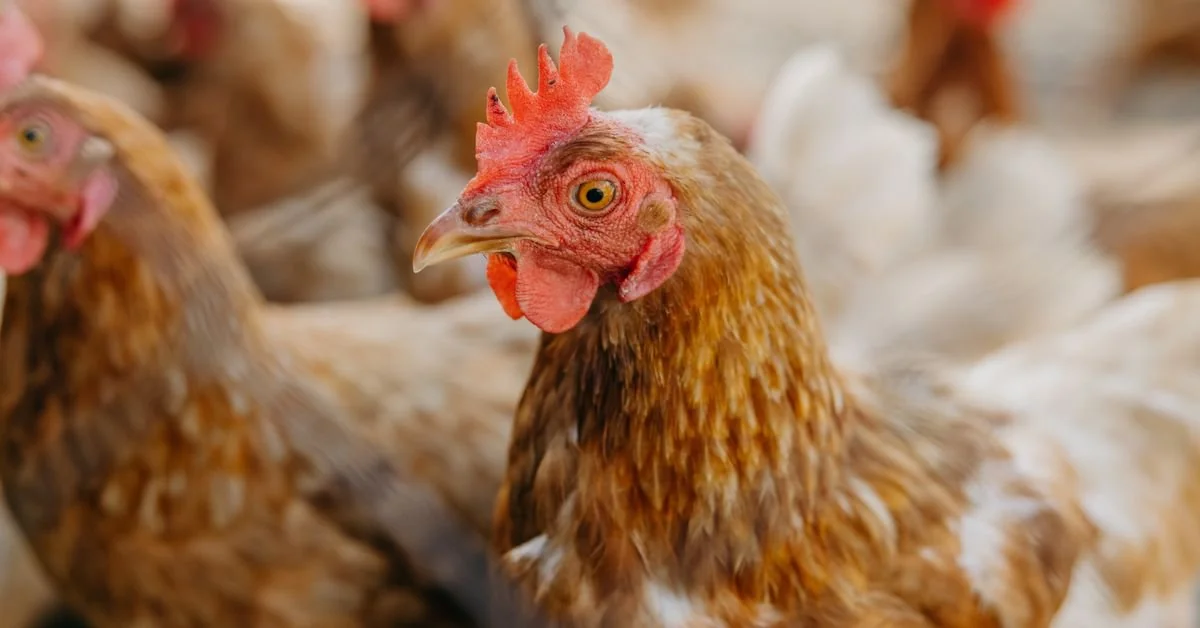U.S.
Sioux County, Iowa, is facing a significant agricultural crisis as more than 4 million chickens are slated to be culled following the detection of highly pathogenic avian influenza on a farm. The Iowa Department of Agriculture and Land Stewardship and the USDA confirmed the outbreak on Tuesday, marking the state’s first bird flu case this year. This incident is the largest since over 5 million birds were affected in Osceola County in 2022.
4.2 Million Chickens Impacted
Officials revealed that the current outbreak affects 4.2 million egg-laying chickens, the largest single flock hit by the virus this year nationwide. Iowa, the top egg producer in the U.S., is particularly vulnerable to such outbreaks. The last bird flu case in commercial egg-laying chickens in Iowa occurred in November of the previous year, also in Sioux County.
The response has been swift and severe. “Depopulation is ongoing,” confirmed an official from the state’s agriculture department. The entire flock will be culled to prevent further spread, with the remains being isolated. This drastic measure led Governor Kim Reynolds to issue a disaster proclamation for the county, effective until June 27.
Regional Impact of Avian Influenza
The impact of avian influenza isn’t confined to Iowa. Neighboring Minnesota reported an outbreak last week, affecting nearly 1.4 million birds at an egg farm. Additionally, over 81,000 commercial turkey meat birds and breeder hens were hit by the virus in Minnesota.
The avian flu can be deadly for poultry, causing severe respiratory issues and sudden death. The Iowa Department of Agriculture and Land Stewardship emphasized the virulence of the strain affecting chickens and turkeys in this outbreak.
Broader Implications and Precautions
The current bird flu outbreak has far-reaching implications beyond the poultry industry. Last month, the virus was detected in U.S. dairy cattle for the first time. Two individuals who came into contact with infected cattle also contracted the virus, though both experienced only mild symptoms. The flu has also been detected in beef and milk products, raising concerns about food safety.
Efforts are underway to contain the spread of the virus and protect other flocks. The culling of the affected chickens is a critical step in these efforts. The USDA and state agriculture departments are monitoring the situation closely, providing updates and guidance to farmers and the public.
Economic and Food Supply Concerns
The loss of over 4 million egg-laying chickens is expected to have a significant economic impact on Iowa’s poultry industry. As the top egg producer in the country, Iowa’s egg supply could be notably affected, potentially leading to price increases and supply shortages. The disaster proclamation by Governor Reynolds aims to mobilize resources and support for affected farmers during this crisis.
This outbreak underscores the importance of vigilant monitoring and rapid response in managing avian influenza. As the situation evolves, state and federal agencies continue to work together to mitigate the impact and protect both public health and the agricultural economy.
#BirdFluOutbreak #IowaAgriculture #PoultryIndustry #AvianInfluenza #FoodSafety
